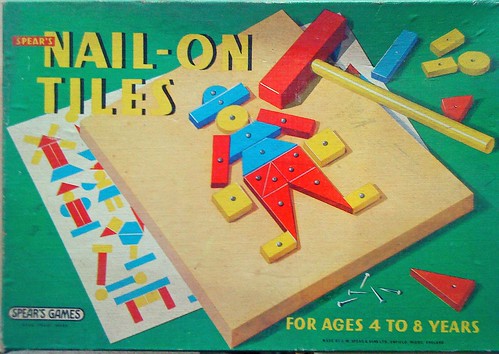Last nail in the coffin of the safety society
“This is the Wartime Broadcasting Service. This country has been attacked with nuclear weapons. Communications have been severely disrupted, and the number of casualties and the extent of the damage are not yet known. We shall bring you further information as soon as possible. Meanwhile, stay tuned to this wavelength, stay calm and stay in your own homes.”
Last year, the National Archives revealed this opening to a script prepared for the BBC in the 1970’s, to be read if World War III started in between the Archer’s and Woman’s Hour. The words ‘stay calm’ are given great importance, and clearly made an impression on Douglas Adams, who would emboss the same sentiment on the cover of The Hitchhiker’s Guide To The Galaxy 8 years later with ‘Don’t Panic’.
Everyone was told to go to whichever room in their house they had predesignated as ‘the fallout room’, and stand in door frames away from windows as if renaming the sitting room would somehow make it impervious to radiation and a door frame is stronger than a weapon of mutually-assured destruction.
The thing is, in the 1970’s people felt assured of their safety. Car designers shunned seat belts, thinking that the safest place for an occupant in the event of a crash was 100 metres into the nearest field via a human-shaped hole in the windscreen. You could smoke on planes, which were largely made out of wood. Sofas were made of kindling and fire fuel. Houses weren’t child-proof. Most houses hadn’t seen the Earth-pin put on their sockets.
Today if you want to sneeze at work you’ll need to fill in a risk assessment. You will need to submit accurate scale diagrams of the workplace, including a projected fallout area or room. You’ll need a health-check to make sure you’re heart is fit enough to handle the strain, and 6 blood tests to prove you’re not contagious. You’ll then need to book a Hazmat team to come in and clear up, and have an incinerator built in the company carpark to dispose of the used tissue. That is, providing you fulfill the requirements of the environmental impact questionnaire.
I mean, when you buy a cup of coffee the cup has ‘contents may be hot’ written on both the lid and the cup, just in case you might have missed the idea of what coffee is all about.
Of course, it’s easy for me to sit here and type ‘things have got worse’ and ‘can we not just use our common sense?’. But where’s my proof, I hear you ask.
Searching through some of my old toys, I found this by the good people of ‘Spears’.
The cover says it all. A wooden hammer, some plastic multi-coloured shapes, and ABOUT 40 NAILS. YES, NAILS. Mind you, they’ve thought about safety – it clearly states ‘For Ages 4 to 8 Years’.
I imagine they carried out some laboratory tests, and found a 3 year old would chew the plastic, and presumably a 9 year old will create some kind of nail gun fighting machine.
In a world where adults have to be protected from an at best lukewarm beverage, it seems almost incomprehensible that a parent would hand their young offspring a bow containing a hammer and nails and send them off into the garden to play. Today I imagine a football comes with a sticker saying ‘may contain small parts’. To use this game today you’d need protective gloves, a hard hat, goggles and a high-visibility jacket.
But what’s the worst that could happen? The child learns an important lesson about treating tools and sharp objects with respect, and Mum has to spend a few minutes pulling a nail out of a palm or two. Today, the closest a child will get to woodwork is making a drawing on some paper and asking their Design teacher to cut it out for them. No wonder there are companies out there who offer their services building Ikea flatpacks.
I can remember as a child how ridiculous it was to be taught about the dangers of running on railway tracks when the nearest railway was 120 miles away. Imagine what kind of person we’re creating when we have to warn them to use a skipping rope under strict supervision.
No wonder people are flocking to holidays involving bungee jumping, deep-sea diving and parachuting. We grew up in a world of danger and unpredictability, and learnt our lessons the hard way. The next generation won’t even know whether their Starbucks drink is hot or not – they’ll be holding it with asbestos gloves and checking the built-in thermometer to make sure it’s not too hot on the tongue.
But it’s hard to see how the human race will advance. It’s hard to imagine the television or telephone being invented if every step along the way involved risk assessments. And are we really better off knowing as we now do that the door frame won’t protect us from a nuclear warhead?


No comments
Jump to comment form | comments rss [?] | trackback uri [?]